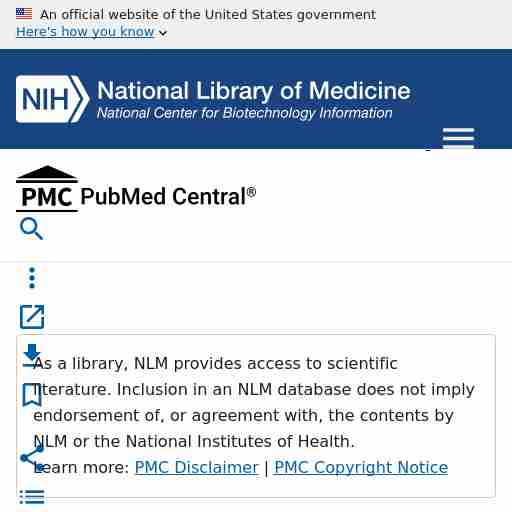Damer & Cartwright Pharmaceuticals is a leading company in the pharmaceutical industry, known for its innovative products and commitment to improving healthcare. With a focus on research and development, this company has been able to create effective solutions for various health conditions.
The company was founded in 1990 by two pharmacists, John Damer and Sarah Cartwright. Their aim was to develop new drugs that could help patients suffering from chronic illnesses. Over the years, the company has grown significantly and now has a presence in over 50 countries worldwide.
Damer & Cartwright Pharmaceuticals offers a wide range of products that cater to different health conditions. Some of their popular products include:
Damer & Cartwright Pharmaceuticals is committed to research and development, and this is evident in the innovative products they offer. The company invests heavily in research to identify new drug targets and develop effective treatments for various health conditions.
One of the areas where Damer & Cartwright Pharmaceuticals has made significant progress is in cancer treatment. The company has developed several drugs that target specific cancer cells, reducing the side effects associated with traditional chemotherapy treatments.
Damer & Cartwright Pharmaceuticals stands out from other companies because of its commitment to research and development. The company invests heavily in developing innovative solutions for different health conditions.
Like any other pharmaceutical company, Damer & Cartwright Pharmaceuticals faces challenges such as regulatory hurdles, competition from other companies, and funding for research and development.
The company follows strict guidelines set by regulatory bodies such as the FDA to ensure that its products are safe for use. Before a product is released into the market, it undergoes rigorous testing to ensure its safety and efficacy.
Damer & Cartwright Pharmaceuticals is a leading pharmaceutical company that has revolutionized the industry with its innovative products. With a focus on research and development, this company has been able to create effective solutions for various health conditions. Its commitment to improving healthcare has made it one of the most trusted names in the industry today.
If you are looking for reliable and effective medications, Damer & Cartwright Pharmaceuticals is the company to trust. With a wide range of products and a commitment to innovation, this company is changing the face of healthcare.
---
---
---

Jun 2, 2022 ... ... Cartwright K. Clinical efficacy, cost analysis and patient ... Chung E.K., Beeler C.B., Muloma E.W., Osterholzer D., Damer K.M., Erdman ... An official website of the United States government As a library, NLM provides access to scientific literature. Inclusion in an NLM database does not imply endorsement of, or agreement with, the contents by NLM or the National Institutes of Health. Antibiotics (Basel). 2022 Jun 2;11(6):760. doi: 10.3390/antibiotics11060760 Impact of Pharmacist-Led Implementation of a Community Hospital-Based Outpatient Parenteral Antimicrobial Therapy on Clinical Outcomes in Thailand Teeranuch Thomnoi 1,2,3, Virunya Komenkul 1, Abhisit Prawang 4, Wichai Santimaleeworagun 1,2,* Editors: Roberto Arrigoni, Masafumi Seki PMCID: PMC9220076 PMID: 35740166 Few studies have analyzed community hospital-based parenteral anti-infective therapy (CohPAT). We aimed to assess the clinical impact of a pharmacist-led implementation of a clinical practice guideline (CPG) for CohPAT, and to determine the pharmacist’s role in CohPAT medication management. The prospective-period patients (post-implementation group) were compared with the historical control-period patients (pre-implementation group) for receiving a continuous antimicrobial parenteral injection. A CPG was used for laboratory testing for efficacy and safety, the monitoring of adverse drug events during admission, microbiology results coordination, and dosage adjustment. For any antimicrobial drug-related problems, the pharmacist consulted with the clinicians. Over 14 months, 50 participants were included in each group. In the pre-implementation period, 7 (14%) and 4 (8%) out of 50 patients received an inappropriate dosage and nonlaboratory monitoring for dose adjustment, respectively. The patients received the proper dosage of antimicrobial agents, which increased significantly from 78% pre- to 100% post-implementation (p = 0.000). The pharmacist’s interventions during the prospective-period were completely accepted by the clinicians, and significantly greater laboratory monitoring complying with CPG was given to the postimplementation group than the pre-implementation group (100% vs. 60%; p = 0.000). Significantly less patients with unfavorable outcomes (failure or in-hospital mortality) were observed in the post-implementation than in the pre-implementation (6% vs. 26%; p = 0.006) group. For the logistic regression analysis, lower respiratory infection (adjusted OR, aOR 3.68; 95%CI 1.13–12.06) and the post-implementation period (aOR 0.21; 95%CI 0.06–0.83) were significant risk factors that were associated with unfavorable outcomes. Given the better clinical outcomes and the improved quality of septic patient care observed after implementation, pharmacist-led implementation should be adopted in healthcare settings.
---